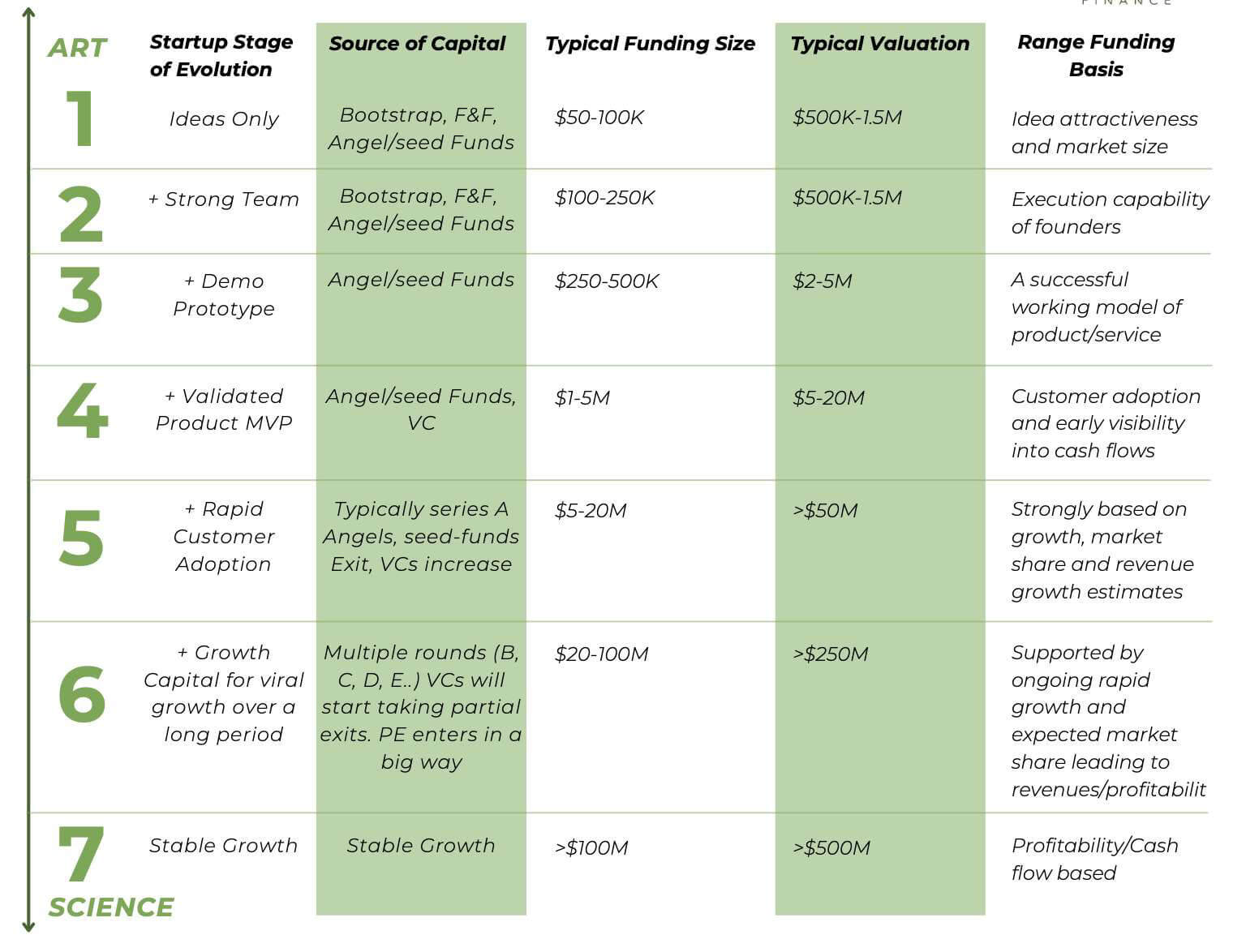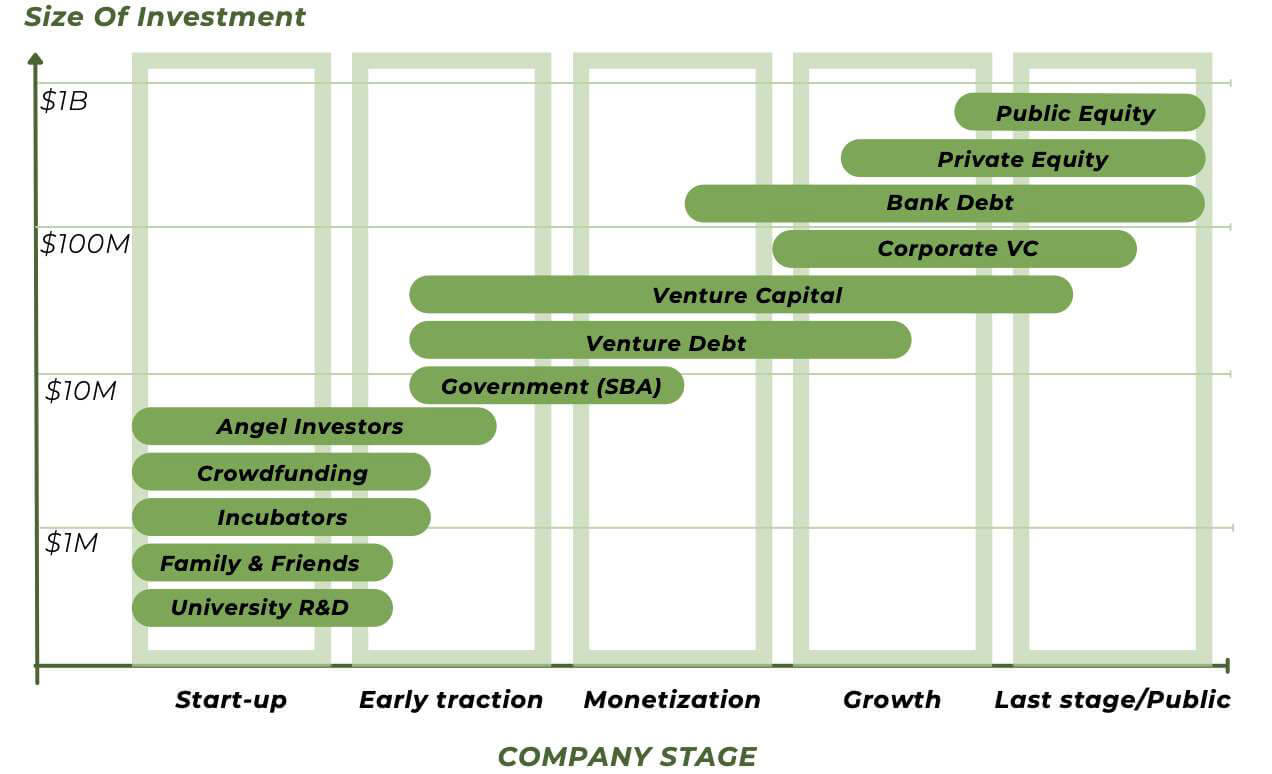We will be pleased to share our experience and provide answers and solutions to some of these questions:
- Why business owners and investors want to sell businesses?
- What is investors motivation to buy the business?
- What will the investors be looking at in a business?
- Is your business ready “to be sold” and fit for purpose?
- What Valuation methodology to use and why?
- What would be required for investor due diligence?
- How to create meaningful information memorandums?
- How well polished is the founder’s story?
- How to maximize EBIDTA?
- How to present shareholder value and synergies to the businesses?



